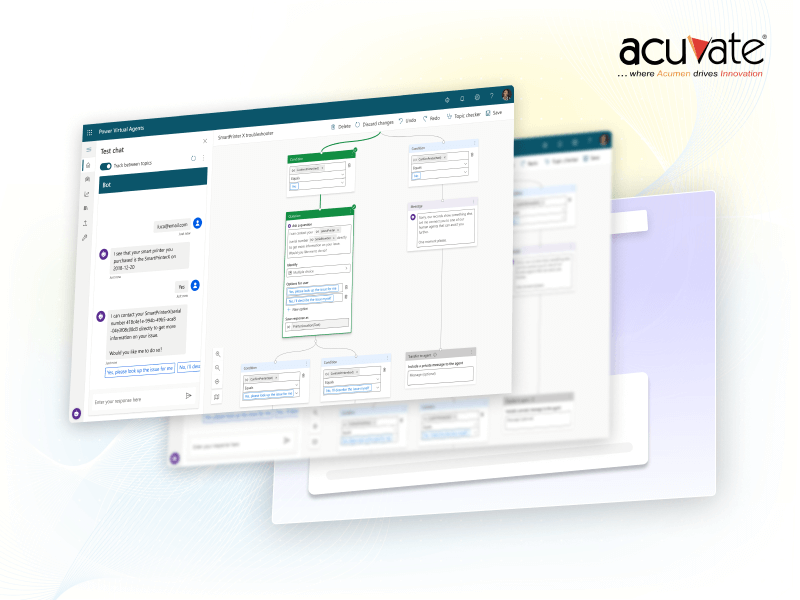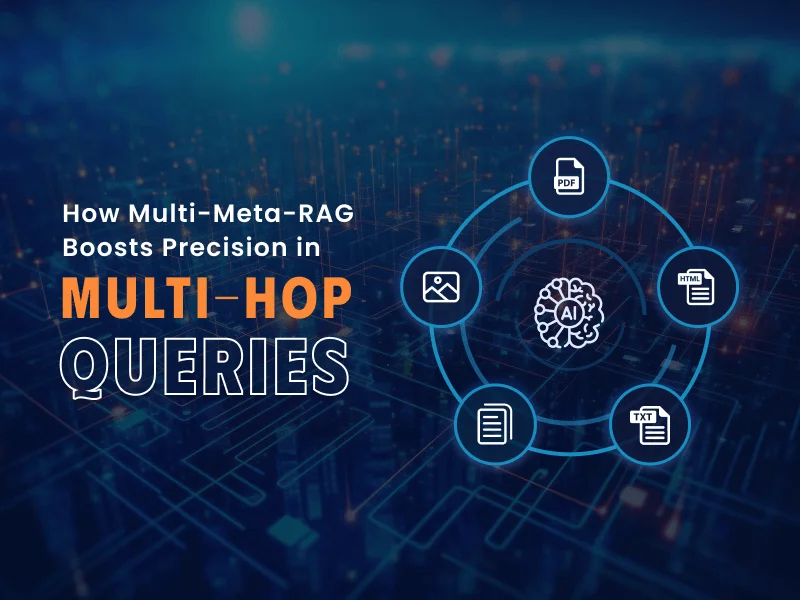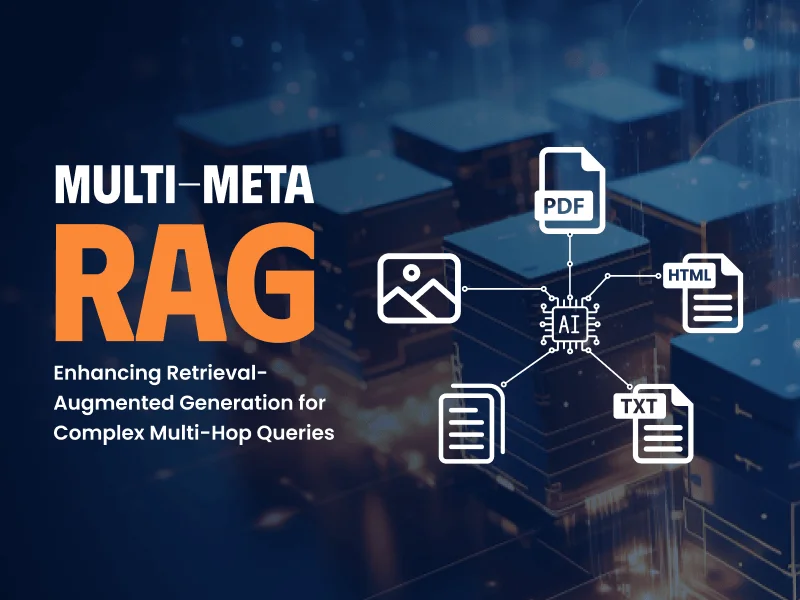GPT chatbots have been making substantial waves in the world of conversational AI, reinventing the way tasks have been performed in the current workforce. And the reasons have been quite beneficial for the workforce as well as for the employees that allows them to save time, focus on crucial tasks at hand and be productive.
These chatbots are powered by the GPT (Generative Pre-trained Transformer) language model, which allows them to understand natural language and generate responses. What makes things even better is that these responses are both relevant and contextually appropriate.
However, building GPT chatbots can be a complex process that requires thoughtful consideration and planning.
In this blog, we’ll explore some best practices and considerations for building intelligent GPT chatbots using Power Virtual Agents and Co-pilot.
Understanding GPT Chatbots
GPT chatbots are generative AI bots that use machine learning, LLM’s and natural language processing (NLP) to generate responses based on user input. These chatbots are powered by a pre-trained language model which has been trained on massive amounts of text data.
This allows the chatbots to understand natural language and generate responses that are both relevant and contextually appropriate.
Power Virtual Agents
Power Virtual Agents is a low-code platform that allows developers to build chatbots and conversational AI experiences without writing any code. This platform makes it easy for businesses to create chatbots that can be useful in handling a wide variety of tasks. These tasks may range from customer interactions to answering FAQs, handling complex customer service issues, and many others.
With Power Virtual Agents, Co-Pilot can offer features such as:
- Designing and customizing chatbot dialogs through a visual editor
- Improving the chatbot's natural language understanding with machine learning
- Using built-in analytics and a dashboard to understand the chatbot’s performance
- Deploying the chatbot on various channels such as mobile apps, messaging platforms, and websites
To understand more about chatbots and their role in automation, you can explore our detailed Co-Pilot Studio Chatbot Automation Services page.
Best Practices for Building GPT Chatbots with Power Virtual Agents and Co-pilot
When building GPT chatbots with Power Virtual Agents and Co-pilot, there are several best practices that developers should keep in mind.
They are as follows:
1. Start with a clear use case
Before building a chatbot, it’s important to have a clear use case in mind which can help users build a clear outline and a precise chatbot.
Further, it helps to ensure that the chatbot is designed to meet specific business needs and can deliver real value to users.
2. Use a conversational design approach
GPT chatbots are designed to replicate human conversation, hence it’s important to use a conversational design approach when building them.
This means focusing on natural language and designing conversations that flow like a human.
3. Consider security and governance
When building chatbots, it’s important to consider security and governance. This includes implementing measures to protect user data and ensuring that the chatbot complies with relevant regulations and industry standards.
Furthermore, when working with AI, it is also crucial to consider ethical conversations.
4. Test and iterate
Testing and iteration are crucial when building chatbots. Besides being the final step of creating a chatbot, it is also one of the crucial phases before introducing the chatbot to the customers and leads.
This involves testing the chatbot with real users to identify issues and areas for improvement, and then making changes based on feedback.
5. Leverage Co-pilot
Co-pilot is a powerful tool that helps developers build accurate and effective GPT chatbots. This tool provides real-time suggestions and guidance based on the context of the conversation. Additionally, it helps developers to generate responses that are contextually appropriate and relevant.
Considerations for Building GPT Chatbots with Power Virtual Agents and Co-pilot
In addition to best practices, there are also several considerations that developers should keep in mind when building GPT chatbots with Power Virtual Agents and Co-pilot.
1. Data quality
The effectiveness and accuracy of GPT chatbots depend on the quality of the data used to develop them.
Hence, it is imperative to use targeted data that aligns with the specific use case and audience.
2. Ethics and bias
GPT chatbots can be susceptible to bias and ethical issues. Developers should ensure that their chatbots are designed to be unbiased. This means that the chatbot and its contents must comply with the relevant guidelines and regulations.
3. Integration
The most inclusive chatbots must be integrated with the relevant systems and platforms to deliver a seamless user experience to the audiences.
Developers should consider if the chatbot can seamlessly integrate with other systems. Moreover, it should also consider how the chatbot will integrate with other systems, such as CRM or ticketing systems.
Key Benefits of Building GPT Chatbots with Power Virtual Agents and Co-pilot
One of the biggest benefits of using Power Virtual Agents is that it is a low-code platform. This means that developers can build chatbots without extensive coding experience.
Instead, as mentioned above, pre-built templates and a conversational interface can be accessed to design and customize chatbot dialogs.
Besides the steps involved in creating the chatbot, maintenance, and upgrades are additional and vital considerations when building GPT chatbots with Power Virtual Agents and Co-pilot.
Chatbots need to be regularly maintained and updated to ensure that they continue to deliver value and meet the evolving needs of the business.
Security and governance
Security and governance are critical considerations when building chatbots with Power Virtual Agents and Co-pilot. Chatbots can collect and store sensitive user information, and it’s important to ensure that this information is protected.
One important aspect of security and governance is data privacy. Developers should implement measures to protect user data, such as using encryption and access controls to restrict who can access sensitive information. Chatbots should also be designed to comply with relevant data privacy regulations, such as GDPR and CCPA.
Another important aspect of security and governance is ensuring that the chatbot is secure against internal as well as external threats. Developers must ensure security protocols, such as implementing firewalls, and software that protect the system from viruses, and regularly updating software to patch vulnerabilities.
Developers must also consider using multi-factor authentication to make sure that the sensitive information is only accessible to authorized users.
Governance is another important consideration when building GPT chatbots with Power Virtual Agents and Co-pilot. Chatbots should be designed to comply with relevant regulations and industry standards, such as HIPAA for healthcare and PCI DSS for financial services. This requires careful planning and attention to detail during and post the chatbot development process
In addition to regulatory compliance, governance also involves ensuring that the chatbot aligns with the company’s overall policies and values. This includes considerations such as the chatbot’s tone and language, and ensuring that it is inclusive and respectful to all users.
Besides, the chatbot must offer ethical responses and solutions to the customers.
Hence, it is an excellent practice to implement measures to monitor and manage the user experience. This can be done by regularly reviewing and updating the chatbot’s capabilities to ensure that it continues to meet the company’s standards and values.
For more insights, discover how GPT chatbots are transforming upskilling in our blog on Upskilling & Reskilling with GPT Chatbots. If you want to migrate to Co-pilot, learn more here.



